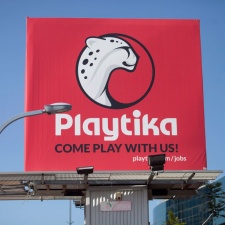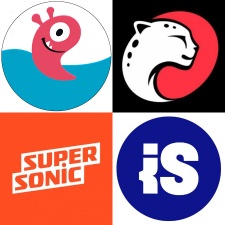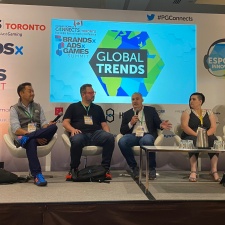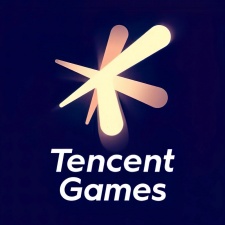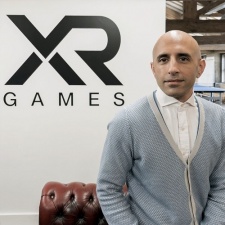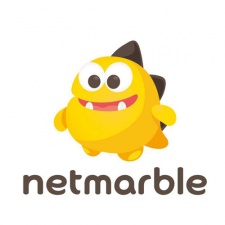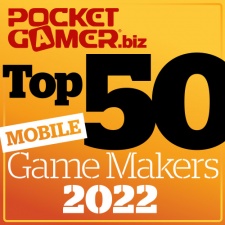Hypercasual games often have the stigma of being short-term hits. Due to the genre’s snackable nature, it is understandable and expected, yet there are also hits that stay at the top of the charts for the long haul. Take Bridge Race for example, which was the most downloaded hypercasual game in the world in 2021, and is still in the top charts – it is currently the 5thmost downloaded game of Q2 2022 worldwide, according to data.ai.
How did this happen? Bridge Race developer Nebih Başaran, CEO and founder of Garawell Games, and Mark Ratchin, publishing team leader at ironSource’s Supersonic, offer their tips on how to craft games that have the potential to become long-term hits.
The developer perspective: tips from Nebih
Follow market trends, but find the gaps
Since the most common goal in the industry is to make the next hit, some studios will simply copy the best practices from existing games. In my opinion, this method is guaranteed to fail 99 per cent of the time. This doesn’t mean alienate yourself from current market trends, in fact the opposite. Use those trends as insights into what hasn’t been created yet.
So, follow market trends and play as many games as you can to find out where there’s a gap for a new idea.
Hold onto a unique mechanism, even if it fails first time around
Finding an idea that hasn’t been tested is like looking for a needle in a haystack. Knowing that, if you find a unique idea but it fails in initial testing, trust your gut. If you think that this could be the next big thing, don’t dismiss the idea too soon. Invest more time to improve and iterate on it. Knowing you gave it a fair shot is better than seeing someone else make a huge hit out of it later on!
Finding an idea that hasn’t been tested is like looking for a needle in a haystack. If you find a unique idea but it fails in initial testing, trust your gut
Nebih Başaran
Create a daily, varied information feed
Ideating a game is not an easy task, and therefore should take up a significant portion of the development cycle during the prototyping phase. When coming up with new game ideas, try to get inspiration from as many sources as you can from as many different places as possible, such as Reddit, Tiktok, and itch.io.
This doesn’t have to be limited to media channels. An evening talking to your teenage nephew can give you a new perspective and help inspire new ideas.
Don’t rush the development phase
It can be tempting to race through the development phase to create as many prototypes as possible. However, with this approach, you risk missing a potentially good hit. So slow down and and reduce the quantity of your output – the quality will naturally increase and your next winner may be right there.
Boost your soft launch
Soft launches may seem like the end of the journey, but in our experience it’s just the opposite. Both with Bridge Race and Color Match, we spent a lot more time updating the games post launch than we did during the initial prototype phase. And the results from our in-game metrics proved that this was the right approach. Unique ideas may get you to the top, but it takes hard work to keep you there.
The publisher perspective: tips from Mark
Creating a smart and talented team
The most successful games have been from studios that have deep analytical thinkers. The most successful teams take a very analytical approach, including steps like examining the game progression to ensure it’s constantly challenging and generating concepts that help increase retention to keep players hooked. We can then take those ideas, translate them into the relevant A/B tests, and iterate to find the next version that will keep the game at the top of the charts.
Combining good tech with good talent
At Supersonic we have productised publishing process, which means that we can use tech to test and then execute more efficiently. For example, our Wisdom SDK helps A/B test different variants so that our go-no go decision on each game is data driven.
While data is important, there are instances where the human element is crucial in understanding the nuances in the data
Mark Ratchin
But while data is important, there are instances where the human element is crucial in understanding the nuances in the data, and that’s where a talented team comes into the picture and guides the game in the right direction. For example, the highest retention level may not be relevant in every instance (for example, it may be short sighted), and someone experienced is needed to make that judgment call.
Refreshing creatives and playables
Finding new winning creatives on a regular basis is a must to stay fresh and attract different players to keep the downloads rolling in. As the game progresses (see first point above) you will have new skins, platforms, and layers within the game to take new visuals from. You can also work to create visuals that generate a different or new emotion.
For example, do you want to kick someone off the edge of the platform and steal their coins, making the user feel like a bad guy? The more breadth of emotions you can generate, the more perspectives of the gameplay you can show, opening your game up to players with different goals, who thrive on different challenges. If you keep finding new winning creatives – you’ll keep finding new players.
Hypercasual games don’t have to be short hit wonders. With the right skill set, technology and strategy, your game can remain high in the charts for the long haul.

